Bachelor of Fine Arts Thesis
Managing Sickle Cell Disease: An Evolution from a Reactive to a Proactive Process
Artists and designers are provided with the unique ability to initiate transformation, to address the need for action, and to vocalize concerns. Artists have the opportunity to utilize their skills and talents to focus on civic development, social change, community engagement, and participatory involvement. By facilitating a discussion and awareness, an artist creates an effective means to engage community as well as promote/employ a drive or action. My BFA integrates these constructs with the need for change in the methods currently employed to address sickle cell disease (SCD), a disease that affects nearly 3 million people. While many do not understand the implications of the disease, especially as it relates to socio-economic factors, researchers at the Case Biomanufacturing and Microfabrication Laboratory (BML) have made advancements with the ways to address the monitoring and diagnosis of the disease. It is these efforts that form the crux of my senior year work.
BML Center Stage is a project that provides exposure to the globally relevant issue of SCD, specifically in the lack of diagnosis and monitoring. To combat the worldwide issue of SCD and deaths related to the disease, my BFA proposes a multifaceted strategy for medical professionals, which includes a standardized healthcare protocol after a comprehensive analysis of micro and nanotechnologies relevant to each application in biology and medicine. The reality within our healthcare system today is that more needs to be done to change healthcare practices from an outmoded reactive proves, to a proactive system, based on prevention and management. My BFA addresses the need to educate the medical community on the available advancements with educational materials and interactive displays at venues such as symposiums and seminars.
Because the spectrum of care for patients with SCD is often relative to the care available in the country, affordable technological advancements and corresponding education that improve the detection and management of the disease should be made available to the medical community.
Education is key. Healthcare practices can evolve from an antiquated reactive culture to a proactive process based on prevention and management. Now, SCD doesn’t need to affect every aspect of a patient’s life. With these developments, proper treatment, and the prevention of crises, patients can maintain a more normal, healthy lifestyle. Yet, this all begins with an artist’s goal for educational awareness that initiates social engagement.

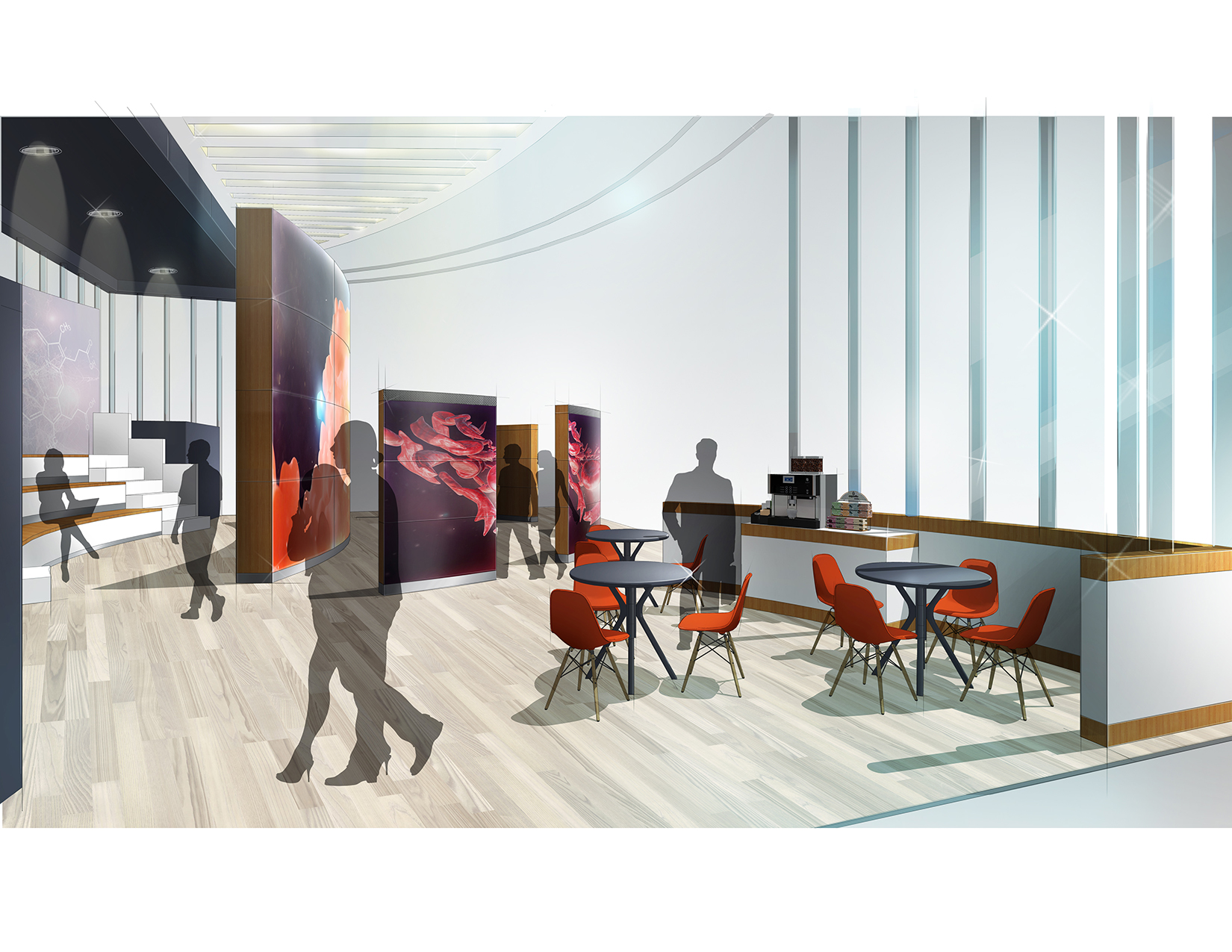

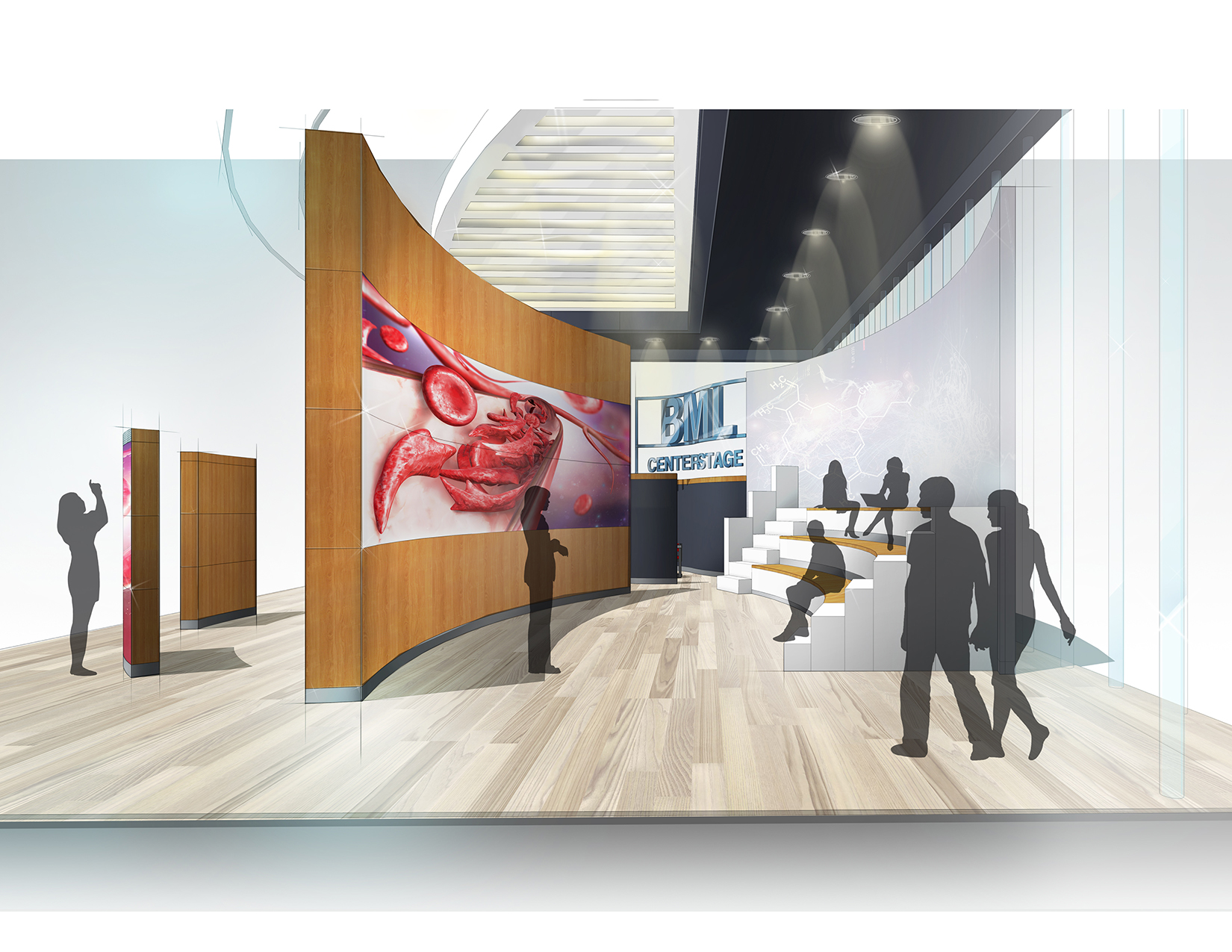
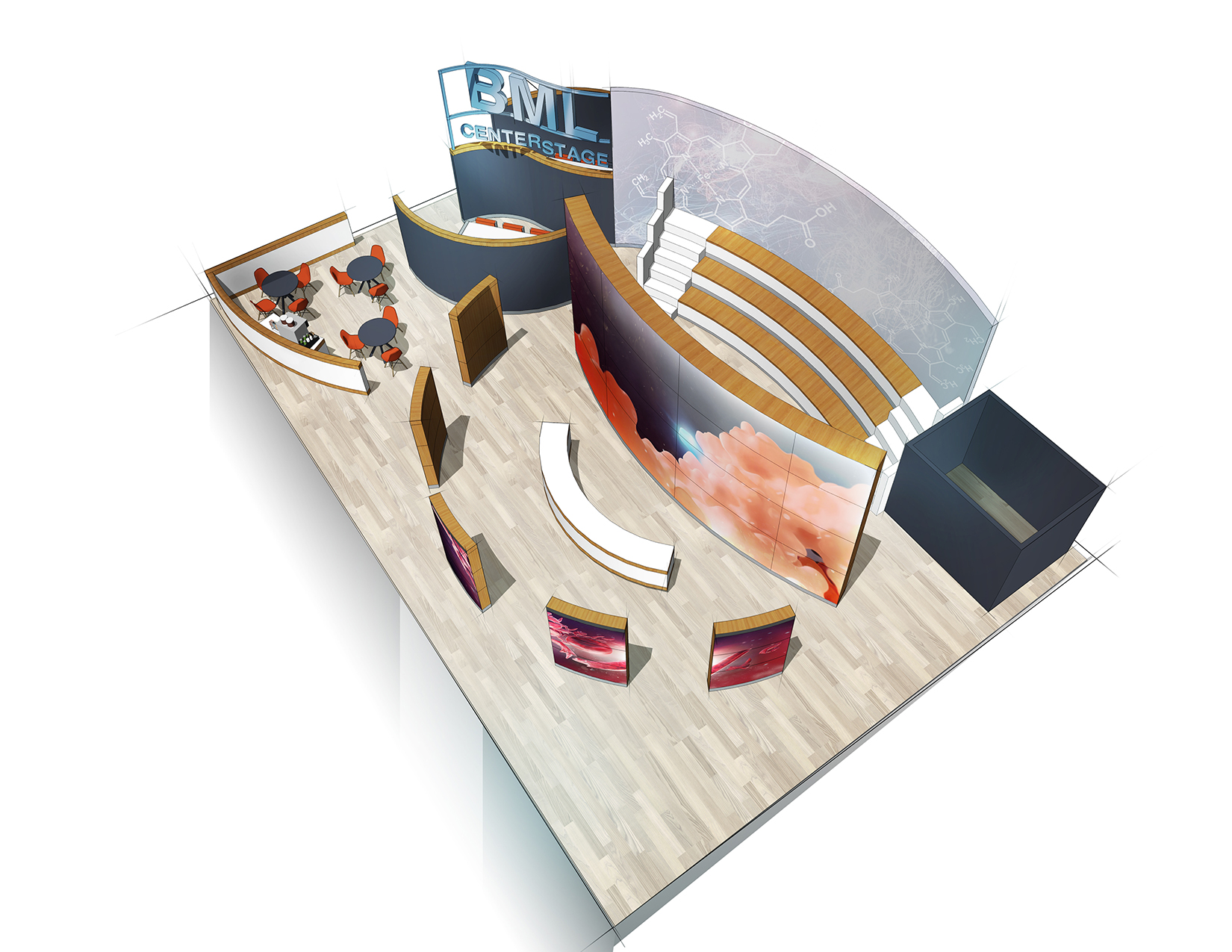
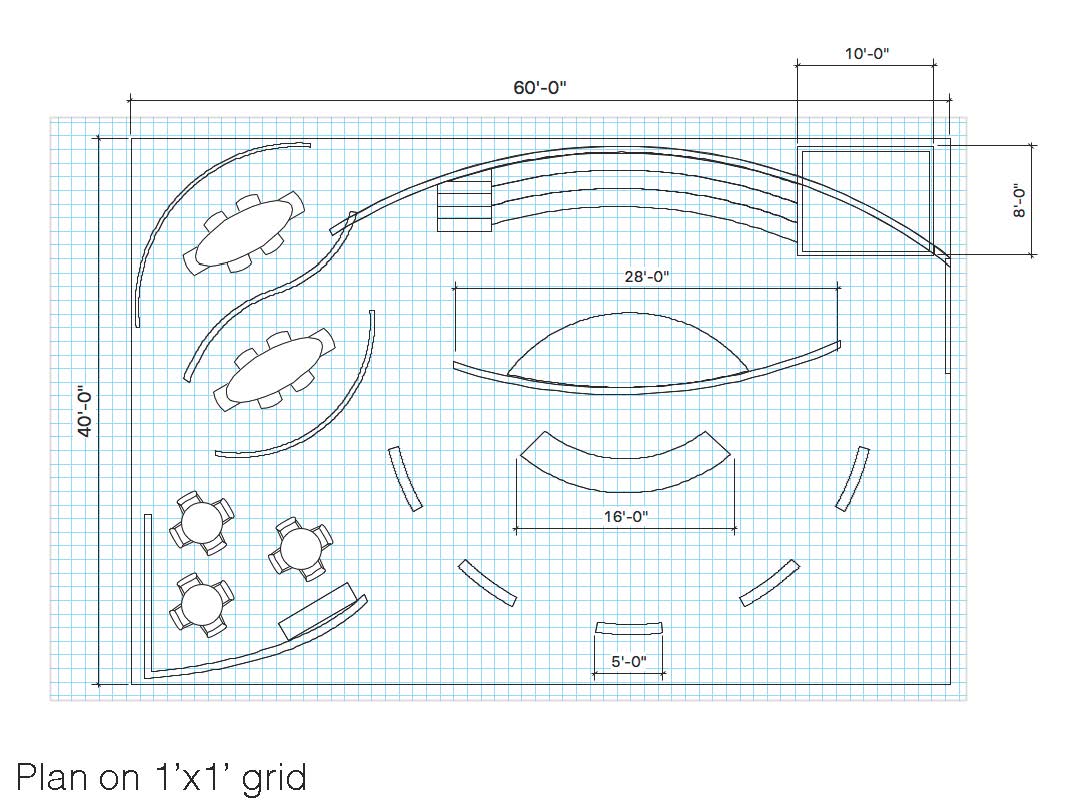
The exhibit BML Center Stage will present the educational background information and current technological advances related to SCD, specifically the lack of diagnosing and monitoring, through an immersive environmental experience. To combat the issue of sickle cell crises and death worldwide, this project proposes a multifaceted strategy to educate medical professionals on the disease itself. Additionally, it calls for a standardized healthcare protocol after a comprehensive analysis of micro and nano-technologies relevant to each application in biology and medicine. This is the basis of modern technological innovations that are being created and implemented today. The target audience of the display is medical professionals including clinical scientists and physicians. The goal of BML Center Stage is to create a sophisticated and functional, thoroughly considered collaboration of architecture, technology, and illustration with visionary thinking through a compelling and distinctive environment. To effectively present medical materials or promote positive health practices, the campaign provides an emotional appeal.
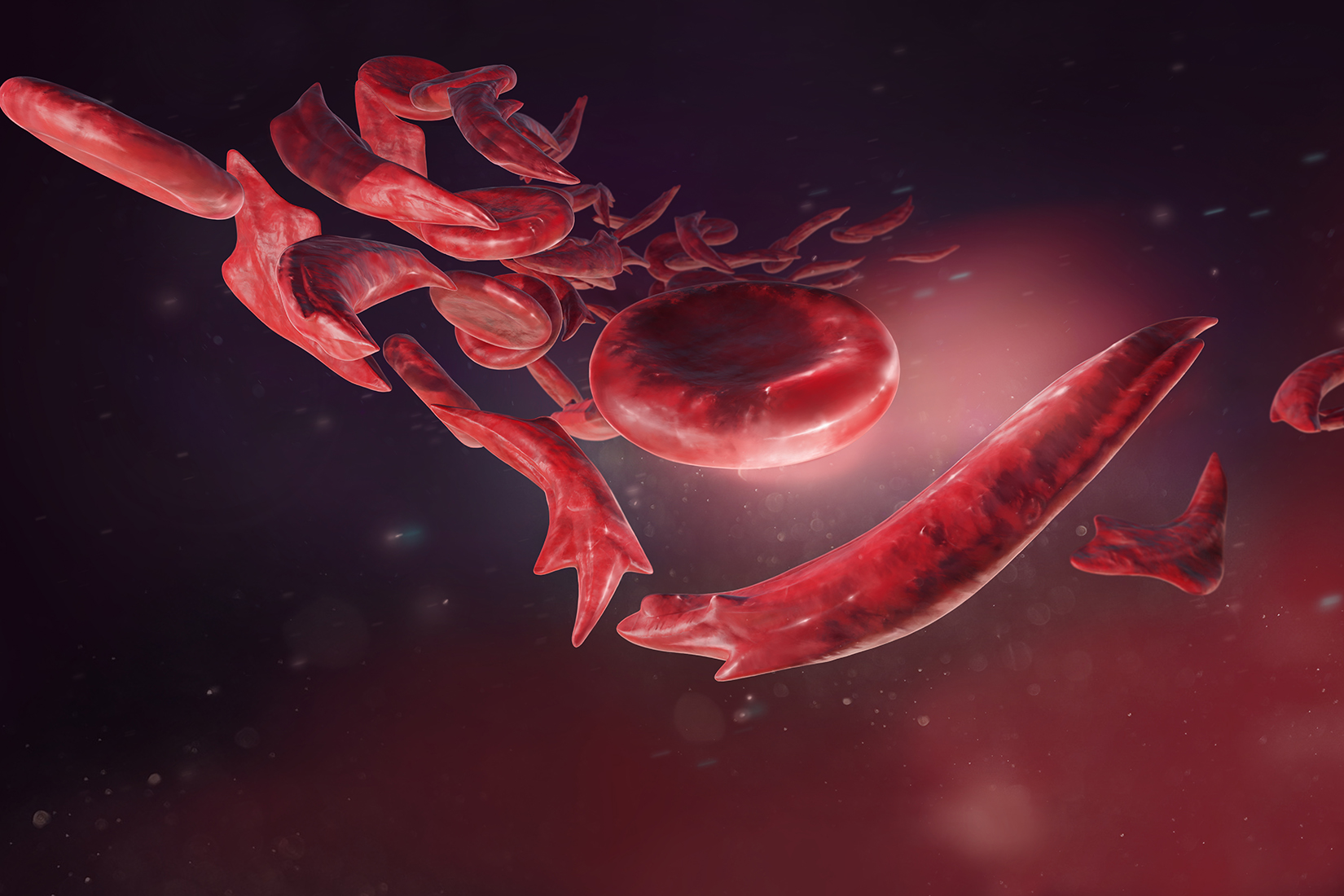

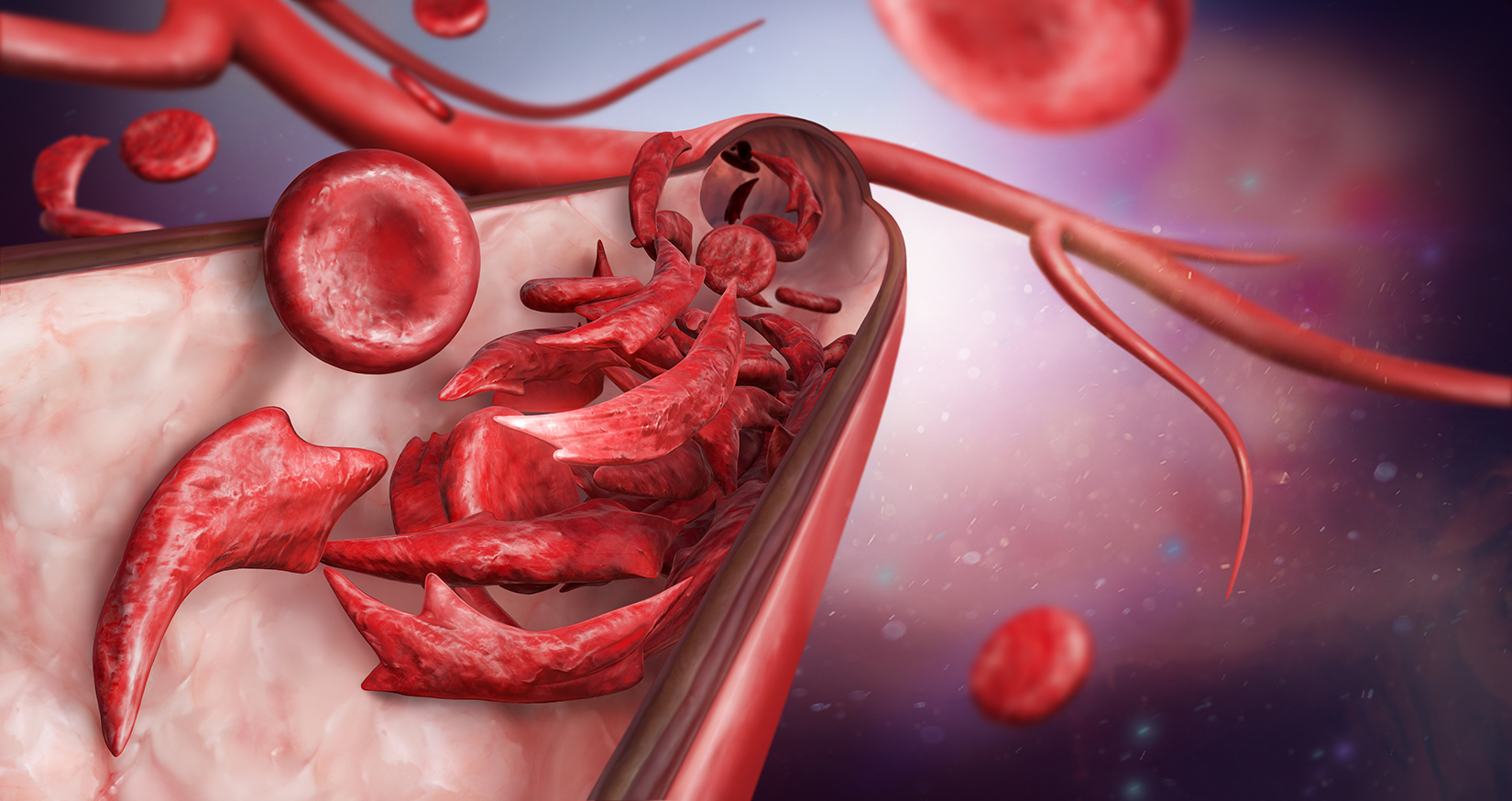

SCD and its variants are genetic disorders that are a consequence of an abnormal form of hemoglobin, HbS. This genetic discrepancy is responsible for affecting the pathophysiologic underpinnings of SCD, including the cellular shape, deformability, and adhesive traits. Together, these affected factors are associated with various acute and chronic health problems and symptoms. Despite the remarkable insights about the biophysical facets of SCD that have been made, there remain gaps in a proactive action in addressing the complication. The valuable information about SCD properties and abnormal cellular adhesion have not been integrated into routine clinical care or trial design, due to a requirement for complicated custom-designed systems, highly trained personnel, and extensive sample manipulation. Better knowledge of the nature and scope of the abnormal hemoglobin and its traits is critical to the goals of establishing associations with clinical outcomes and successfully identifying therapeutic targets in clinical trials.
